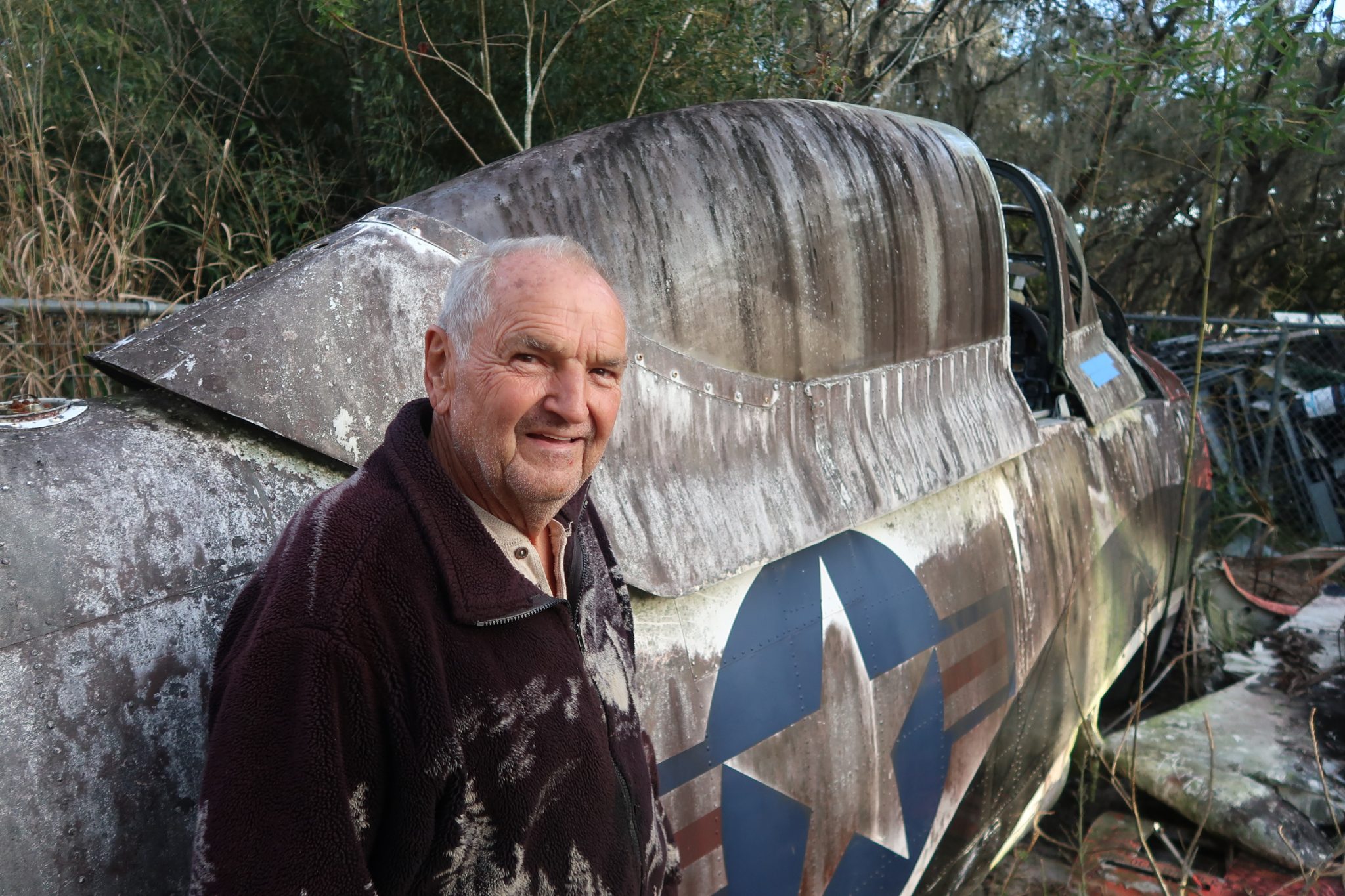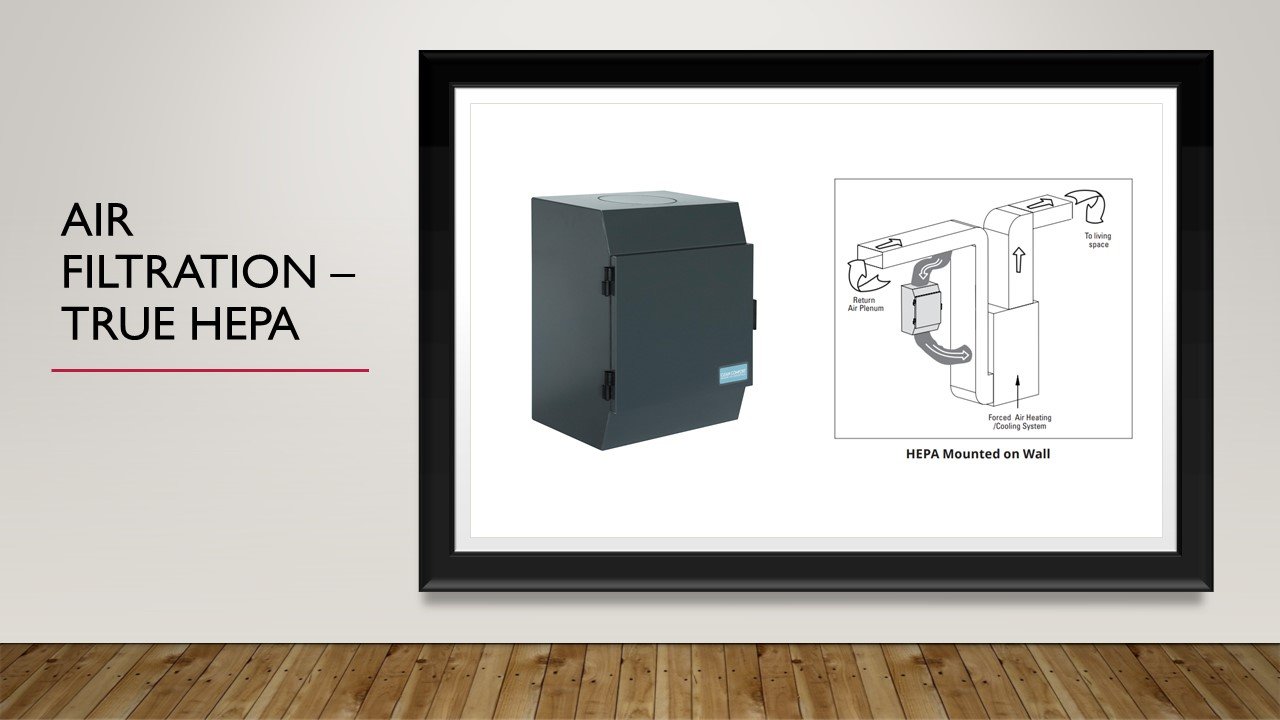Get Tech Tips
Subscribe to free tech tips.
Boiler Basics Part 1 – Types and Components
This series of articles is written by senior boiler tech (and all-around swell guy) Justin Skinner. Thanks, Justin.
There are quite a few different types of boilers out in the world. They come in all shapes, sizes, pressures, and types of fuel burned. I'm going to go over some of the more common ones, their common components, and why it all matters.
First, let's establish what a boiler is. A boiler is defined as a fuel-burning apparatus or container for heating water, in particular. The “in particular” part is thrown in there because many boiler systems heat a fluid other than water: glycol, oil, and process chemicals, to name a few. But, to keep things fairly simple, we will stick with water. So, your basic boiler burns a fuel source to heat water. A water heater, basically. But water heaters are used to produce domestic hot water for showers, sinks, and some other typical household hot water uses. Boilers are used to produce hot water for space heating purposes, dehumidification, and other processes (or even potable water indirectly through an exchanger).
For residential and commercial/industrial purposes, there are 2 types of boilers. The most common is the fire-tube design. This design would include the common sectional-type boiler seen in most residential applications. The fuel is burned, and the hot gases pass through a series of flue passages or tubes that are generally steel. The steel composing the flue passages or tubes is heated by the gases passing through. This area does not contain any water, only heat and combustion gases. Water surrounds the flue gas area but does not actually enter the area. Heat transfer to the water occurs primarily by conduction. The steel comprising the flue passages becomes heated and transfers the heat to water. Hopefully, the illustrations below can help.

Commercial-style fire-tube

Residential-style sectional; note the flue passes
As you can see, the tubes or sections that contain the hot flue gases are surrounded by water, which is how these boilers transfer heat to the water. The passages that contain the hot gases also act as the heat exchanger in the boiler. The FIRE (flue gases) is contained in the TUBE (tubes or passages).
A water-tube boiler is typically used in commercial and industrial applications; they are not common in residential applications. As the name implies, the tubes contain the water being heated and are surrounded by hot combustion gases. This type often looks like a rectangular box with a burner mounted to it. It's virtually a large fire box with water tubes.

Water-tube boiler design
What's the difference in application, and why use one type over the other?
Water-tube boilers are generally considered safer. They contain much less water than fire-tube ones, so if a disturbance occurs (tube breaks, boiler meltdown), there isn't as much water/steam to have the potential to escape the boiler.
The main determining factor of water or fire-tube is application. Water-tube boilers can handle much higher pressure ( 1000s of psi), and fire-tube boilers generally aren't designed to be used over 350 psi. Water-tube boilers are available in much larger capacities than fire-tube boilers and can recover much faster from a large increase in load demand from a pressure standpoint. That means that if the pressure drops on a fire tube boiler, it takes longer to come back up than on a similarly rated water tube boiler. Fire-tube boilers typically have lower operating and maintenance costs, have easier access to the fire and water sides for inspections. It's also much easier to replace tubes on a fire tube than a water tube. Generally speaking, if you have fluctuating demand and large swings in steam requirements, a water-tube boiler is probably a better fit. If you have a pretty constant load requirement without a lot of swing in steam demands, a fire-tube boiler will work fine. My next article will cover boiler components and safeties.
—Justin

Water-Tube Boilers











Comments
This is great information. We mostly do forced air.
This is great information. We mostly do forced air.
Нужно собрать данные о пользователе? Наш сервис предоставит детальный отчет в режиме реального времени .
Используйте уникальные алгоритмы для поиска публичных записей в открытых источниках.
Выясните место работы или активность через систему мониторинга с гарантией точности .
bot глаз бога telegram
Система функционирует в рамках закона , используя только открытые данные .
Получите расширенный отчет с геолокационными метками и списком связей.
Доверьтесь надежному помощнику для digital-расследований — результаты вас удивят !
Нужно собрать данные о пользователе? Наш сервис предоставит детальный отчет в режиме реального времени .
Используйте уникальные алгоритмы для поиска публичных записей в открытых источниках.
Выясните место работы или активность через систему мониторинга с гарантией точности .
bot глаз бога telegram
Система функционирует в рамках закона , используя только открытые данные .
Получите расширенный отчет с геолокационными метками и списком связей.
Доверьтесь надежному помощнику для digital-расследований — результаты вас удивят !
Die Royal Oak 16202ST vereint ein 39-mm-Edelstahlgehäuse mit einem ultradünnen Profil und dem neuen Kaliber 7121 für lange Energieautonomie.
Das blaue Petite-Tapisserie-Dial mit leuchtenden Stundenmarkern und Royal-Oak-Zeigern wird durch eine Saphirglas-Scheibe mit blendschutzbeschichteter Oberfläche geschützt.
Neben Datum bei 3 Uhr bietet die Uhr bis 5 ATM geschützte Konstruktion und ein integriertes Stahlarmband mit verstellbarem Verschluss.
AP Royal Oak 15450 st armbanduhr
Die achtseitige Rahmenform mit verschraubten Edelstahlteilen und die polierte Oberflächenkombination zitieren den 1972er Klassiker.
Als Teil der Extra-Thin-Kollektion ist die 16202ST eine Sammler-Investition mit einem Preis ab ~75.900 €.
Die Royal Oak 16202ST vereint ein 39-mm-Edelstahlgehäuse mit einem ultradünnen Profil und dem neuen Kaliber 7121 für lange Energieautonomie.
Das blaue Petite-Tapisserie-Dial mit leuchtenden Stundenmarkern und Royal-Oak-Zeigern wird durch eine Saphirglas-Scheibe mit blendschutzbeschichteter Oberfläche geschützt.
Neben Datum bei 3 Uhr bietet die Uhr bis 5 ATM geschützte Konstruktion und ein integriertes Stahlarmband mit verstellbarem Verschluss.
AP Royal Oak 15450 st armbanduhr
Die achtseitige Rahmenform mit verschraubten Edelstahlteilen und die polierte Oberflächenkombination zitieren den 1972er Klassiker.
Als Teil der Extra-Thin-Kollektion ist die 16202ST eine Sammler-Investition mit einem Preis ab ~75.900 €.
Access detailed information about the Audemars Piguet Royal Oak Offshore 15710ST via this platform , including market values ranging from $34,566 to $36,200 for stainless steel models.
The 42mm timepiece boasts a robust design with mechanical precision and rugged aesthetics, crafted in stainless steel .
Authentic Piguet Royal Oak 15710 st price
Analyze secondary market data , where limited editions fluctuate with demand, alongside vintage models from the 1970s.
Get real-time updates on availability, specifications, and resale performance , with price comparisons for informed decisions.
Access detailed information about the Audemars Piguet Royal Oak Offshore 15710ST via this platform , including market values ranging from $34,566 to $36,200 for stainless steel models.
The 42mm timepiece boasts a robust design with mechanical precision and rugged aesthetics, crafted in stainless steel .
Authentic Piguet Royal Oak 15710 st price
Analyze secondary market data , where limited editions fluctuate with demand, alongside vintage models from the 1970s.
Get real-time updates on availability, specifications, and resale performance , with price comparisons for informed decisions.
Pretty! This was a really wonderful article. Thank you for supplying this info.
Pretty! This was a really wonderful article. Thank you for supplying this info.
Покупка медицинской страховки для заграничной поездки — это обязательное условие для спокойствия путешественника.
Полис гарантирует медицинские услуги в случае обострения болезни за границей.
Кроме того, сертификат может обеспечивать возмещение затрат на возвращение домой.
мед страховка для выезда за рубеж
Некоторые государства настаивают на предъявление страховки для получения визы.
Без страховки лечение могут привести к большим затратам.
Получение сертификата заранее
Покупка медицинской страховки для заграничной поездки — это обязательное условие для спокойствия путешественника.
Полис гарантирует медицинские услуги в случае обострения болезни за границей.
Кроме того, сертификат может обеспечивать возмещение затрат на возвращение домой.
мед страховка для выезда за рубеж
Некоторые государства настаивают на предъявление страховки для получения визы.
Без страховки лечение могут привести к большим затратам.
Получение сертификата заранее
Thank you , very hungry for all the knowledge I can get from you all
Thank you , very hungry for all the knowledge I can get from you all
You’re welcome! Glad it helped you.
You’re welcome! Glad it helped you.
To leave a comment, you need to log in.
Log In